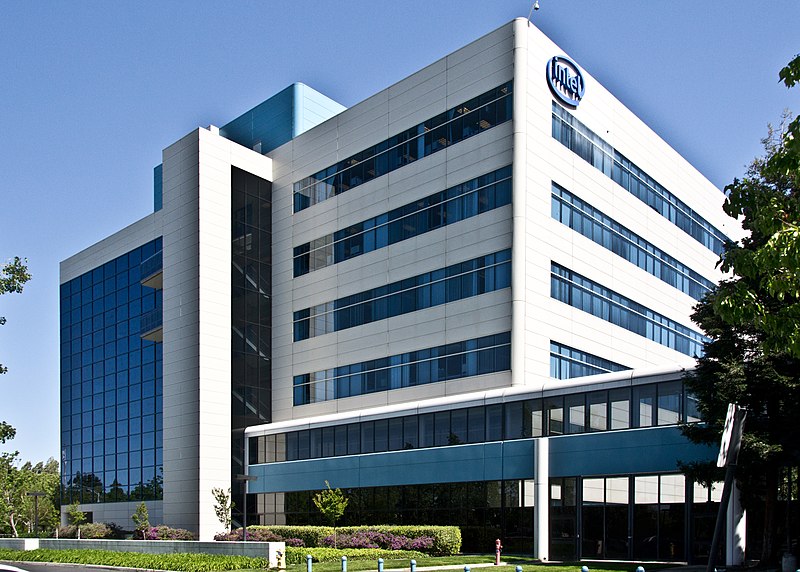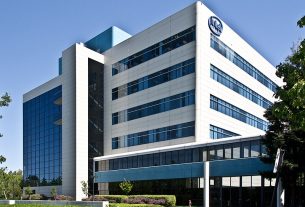Intel’s Chief Financial Officer, David Zinsner, revealed that the company’s upcoming chip manufacturing technologies, including the 18A and 14A processes, currently have limited external customer commitments. Despite collaborations with firms like Nvidia and Broadcom on test chip production, many customers opt out after trials, resulting in “not significant” committed volumes at this stage .(Reuters)
The Intel Foundry unit, which aims to become a contract chip manufacturer, reported $4.7 billion in sales during the March quarter. However, a substantial portion of this revenue was generated from internal manufacturing, not external customers . The unit incurred a $7 billion operating loss in 2023, a significant increase from the previous year’s $5.2 billion loss .
Intel’s CEO, Pat Gelsinger, has set a goal for the foundry unit to break even by 2027, targeting $15 billion in annual external revenue by the end of the decade . To achieve this, the company plans to reduce its reliance on outsourcing, aiming to decrease the outsourcing of wafer production from 30% to 20% .
Despite these challenges, Intel remains committed to its dual model of manufacturing both its own chips and those for external customers. The company is investing in advanced technologies, such as extreme ultraviolet (EUV) lithography, to enhance its manufacturing capabilities and competitiveness in the foundry market .
As Intel continues to navigate these hurdles, the success of its upcoming 18A and 14A processes will be crucial in determining the future trajectory of its foundry business.



